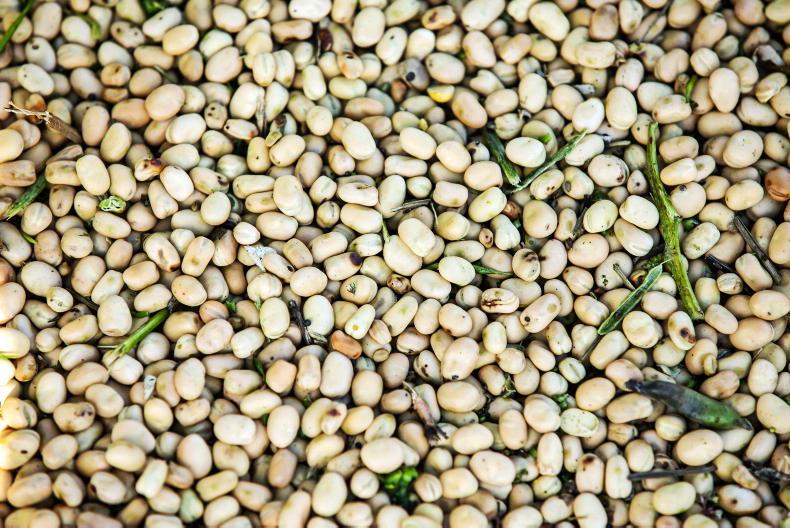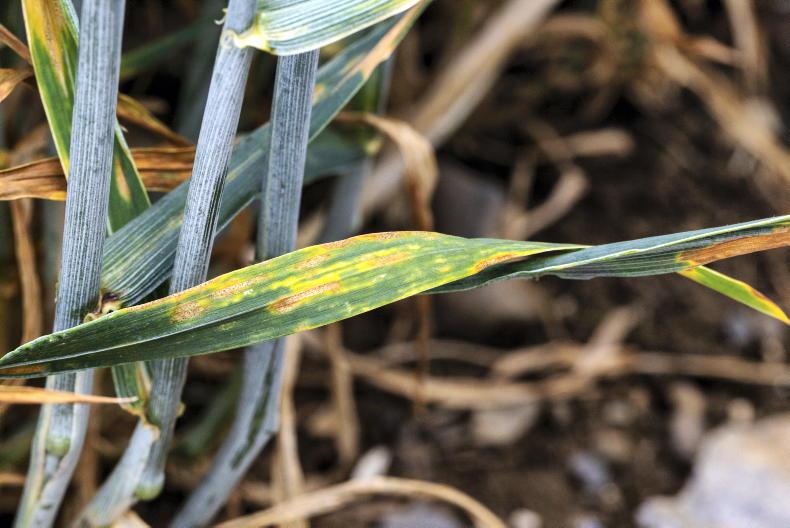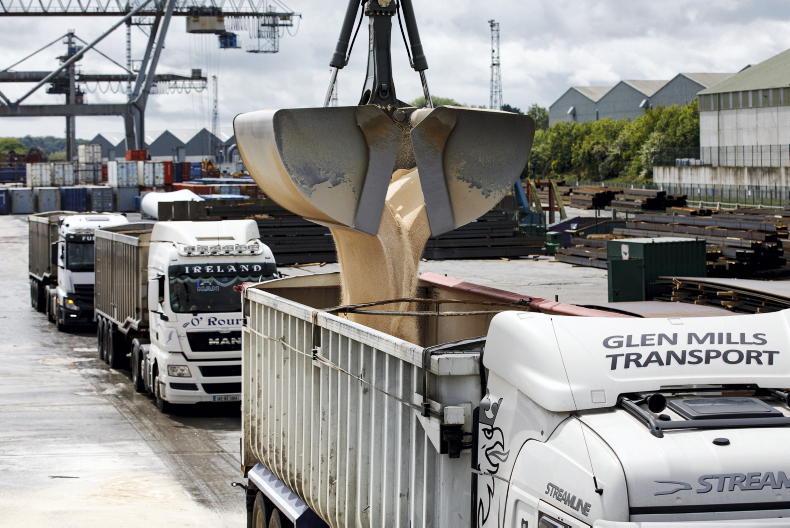It is great to see tillage touted as one of the solutions for reducing greenhouse gas emissions. Its low emissions profile is finally being recognised.
The Climate Action Plan sets out targets to increase tillage area from approximately 348,689ha in 2022 to 360,000ha by 2025 and 400,000ha by 2030.
The plan also targets an increase in horticultural area, although high costs drove many farmers out of the sector in 2022.
The plan targets an increase in cover crop area and cereal straw chopping, both of which are good for carbon storage. Protein area is also targeted to increase by almost 25-30,000ha.
New food markets and a focus on the use of Irish barley to produce Irish whiskey are some of the areas the plan says the extra production can go to.
The Tillage Incentive Scheme helped to increase tillage area this year, but some of this land was under-sown with grass and is now back in livestock production.
Minister for the Environment Eamon Ryan wants to see dairy farms convert to tillage, but a greater understanding of the sector is needed. The tillage sector was neglected for many years.
The Straw Incorporation Measure and Protein Aid Scheme have helped to stabilise incomes and increase native protein production.
However, Teagasc has forecast tillage incomes to drop by 48% to €33,000 in 2023, compared to €104,000 in dairy.
Tillage farmers face huge losses in the new CAP, as well as competition for rented land from dairy farmers as new nitrates rules kick in. There’s also a shortage of agronomists available to give advice, which will be badly needed by new entrants to the sector.
So, while it is great to see a positive focus on tillage, secure markets are needed for high-value grains, further work is needed to increase Irish barley in whiskey production and the sector needs to be promoted as an attractive one in which to work.









SHARING OPTIONS